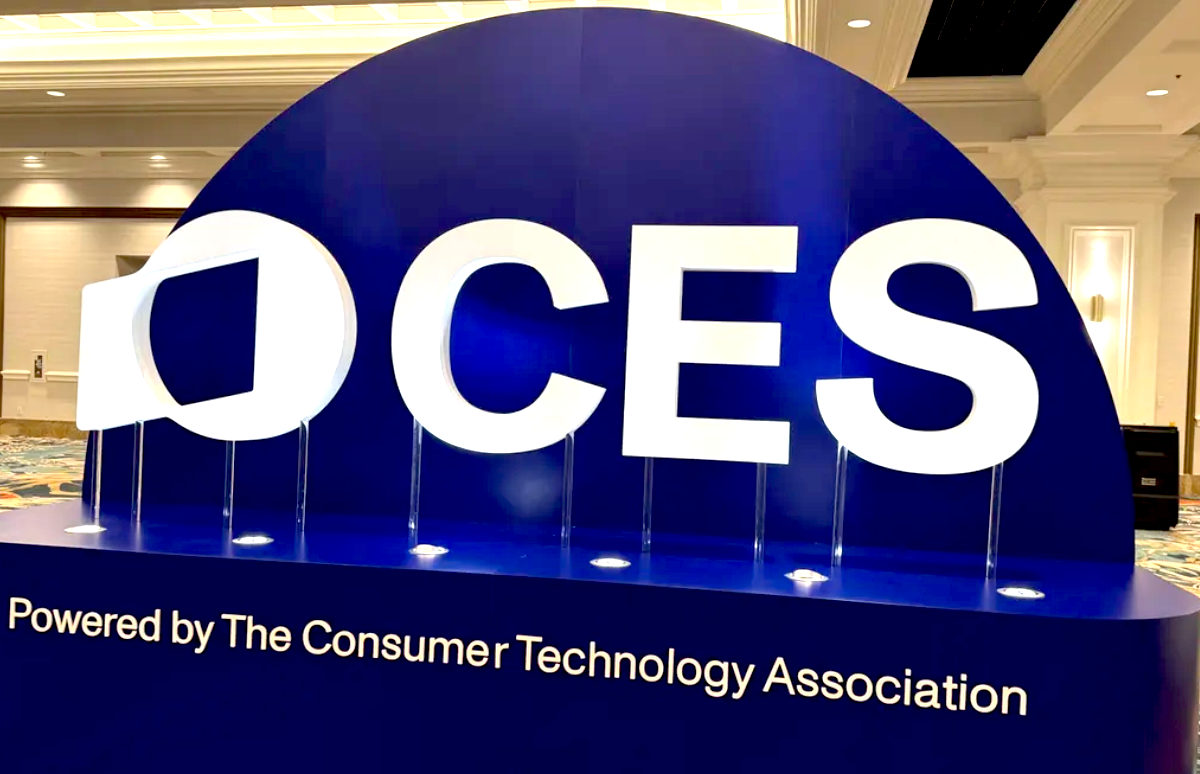On AVoX: Aurora
As part of our AVT Thought Leaders Series on AVoX, we asked Paul Harris, CEO of Aurora Multimedia to share his perspective on the state of networked AV.

AVT Question: Please share insight into the current state of networked AV and control; what you see as barriers to entry; and what advice can you offer on how AV/IT managers can overcome limited resources or a lack of buy-in.
Thought Leader: Paul Harris, CEO of Aurora Multimedia
When existing infrastructure is involved, the cabling is everything, as it will determine the bandwidth of the AV over IP and the distance it can travel. At a minimum, CAT 5e will allow 1G AVoIP to achieve a resolution of 4K60 4:4:4 100m (330ft) with very good quality of image and with as little as a frame of latency. The higher the grade cable, the better the bandwidth. CAT 6A cabling allows for 100m of 10G at 4K60 4:4:4, but where the higher-grade cable will make the bigger difference is for installs that want 8K 4:4:4 or 4K120, as the compression will be minimal and so will the latency.
While it is ideal to use standards, it is difficult these days as there is not one single standard that stands out." — Paul Harris, CEO of Aurora Multimedia
The higher the grade cable, the better the bandwidth. CAT 6A cabling allows for 100m of 10G at 4K60 4:4:4, but where the higher-grade cable will make the bigger difference is for installs that want 8K 4:4:4 or 4K120, as the compression will be minimal and so will the latency. Fiber is no different. If the install has OM2 it will be lacking by today’s standards, but OM3 or OM4 can allow 10G and 40G to go a good amount of distance, and for far distances single mode will go 20km or more. The only downside to fiber is no PoE, so local power will be required. The network switch is the second piece to the puzzle, as an old switch can limit switching speeds and overall capability. Modern switches today will support IGMP, VLAN, auto-stacking, AVB, and more. This will be necessary to deliver the AVoIP effectively from one part of the network to the other. Finally, there is the AVoIP equipment itself. While it is ideal to use standards, it is difficult these days as there is not one single standard that stands out. Because of this, I tell people to evaluate their application and purchase what is right for the application, knowing there is a high probability that an upgrade will be required in five to 10 years. Therefore, cable is the key to everything. Equipment comes and goes, but cable is the costliest for labor as it is buried in walls, ceilings, and floors. It is the most worthwhile investment, and can stay around for decades if chosen correctly.
AV Technology's Thought Leader Series on AVoX
Check out what these industry thought leaders have to say about the state of networked AV.
Aurora
A daily selection of features, industry news, and analysis for tech managers. Sign up below.
(More will be posted in the coming days)

Cindy Davis is the brand and content director of AV Technology (AVT). She was a critical member of the AVT editorial team when the title won the “Best Media Brand” laurel in the 2018 SIIA Jesse H. Neal Awards. Davis moderates several monthly AV/IT roundtables and enjoys facilitating and engaging in deeper conversations about the complex topics shaping the ever-evolving AV/IT industry. She explores the ethos of collaboration, hybrid workplaces, experiential spaces, and artificial intelligence to share with readers. Previously, she developed the TechDecisions brand of content sites for EH Publishing, named one of the “10 Great Business Media Websites” by B2B Media Business magazine. For more than 25 years, Davis has developed and delivered multiplatform content for AV/IT B2B and consumer electronics B2C publications, associations, and companies. A lifelong New Englander, Davis makes time for coastal hikes with her husband, Gary, and their Vizsla rescue, Dixie, sailing on one of Gloucester’s great schooners and sampling local IPAs. Connect with her on LinkedIn.
